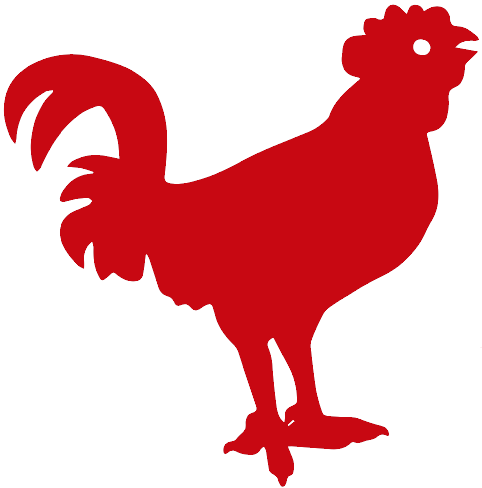Thanks to a small grant, from Bathscape, work has begun on the restoration of a large neglected wildlife pond. Created in 2001, it has been a rich and varied habitat home to many aquatic species, such as, the Broad-bodied Chaser and Emperor dragonflies, Great crested newts, frogs, toads and aquatic bugs. The ponds biodiversity has significantly declined over the years due to over shading from nearby trees and invasive pond vegetation, such as, reedmace leaving no free-swimming areas or varying aquatic zones for pond life. It is now a shady bog rather than an abundant wildlife pond. Tree Surgeon, Simon White, talks us through how they have helped breathe life back into this important habitat on the farm.
“We were asked by Bath City Farm to come and remove a Goat Willow which had grown too large and was not letting any light get to the pond next to it. Instead of removing the tree entirely, I suggested we cut it down to about 4m in height and create a wildlife snag which would increase the bio-diversity of that area.
What is a Wildlife snag?
A wildlife snag is a standing dead tree which naturally occur in nature when a tree dies back. Wildlife snags provide a critical habitat for more than 100 species of birds and mammals. They also support decomposers such as fungi, bacteria and insects.
To create the snag we removed the upper canopy, leaving a series of stubs, we then fracture cut the tips of the stubs using a chainsaw and axe to create an effect to mimic natural breakage. This is called coronet cutting. We then ring barked the base of the tree so that it will start to die back and decay.
We also piled the brash (cut branches) at the back of the pond to create another habit for small mammals and insects.
I am really looking forward to visiting Bath City Farm in the future to see the pond flourishing again.”

The next task for us, is to reduce the invasive and dominant reeds – leaving 25% of the pond still dense with plants, then dredge the pond bottom to remove the thick build-up of silt. This all needs to be completed before the breeding season of the newts and frogs starts in mid-late February.
The pond also has a substantial dipping platform around it, and we hope to be able to re-instate educational school visits and youth activities there once again.
Small grants like this from Bathscape, are vital in ensuring we can protect this beautiful site and its wildlife for future generations.
